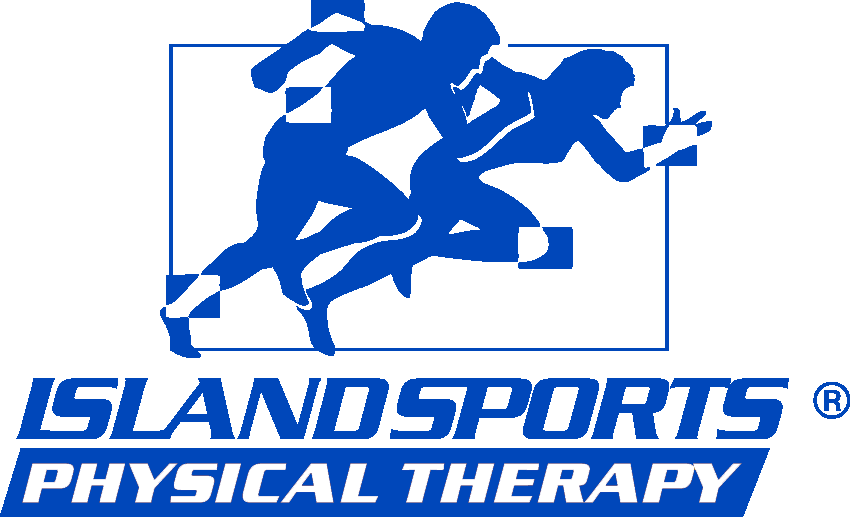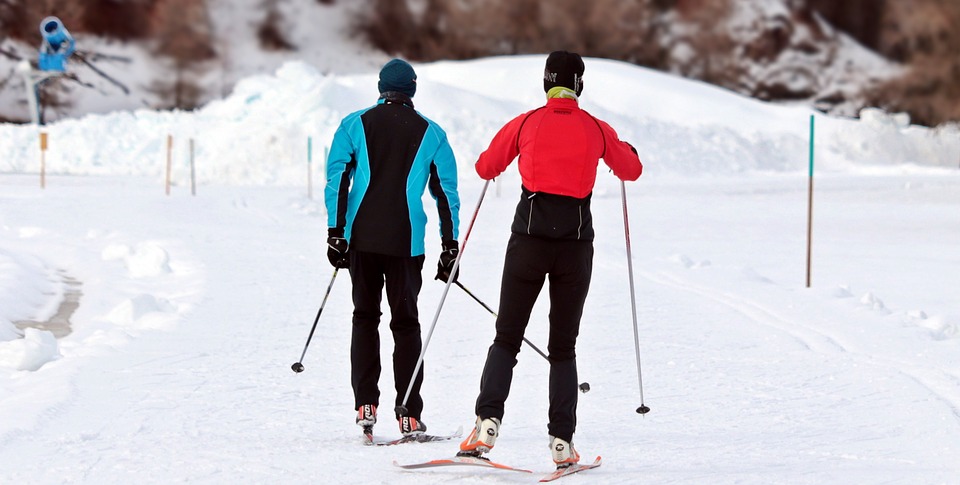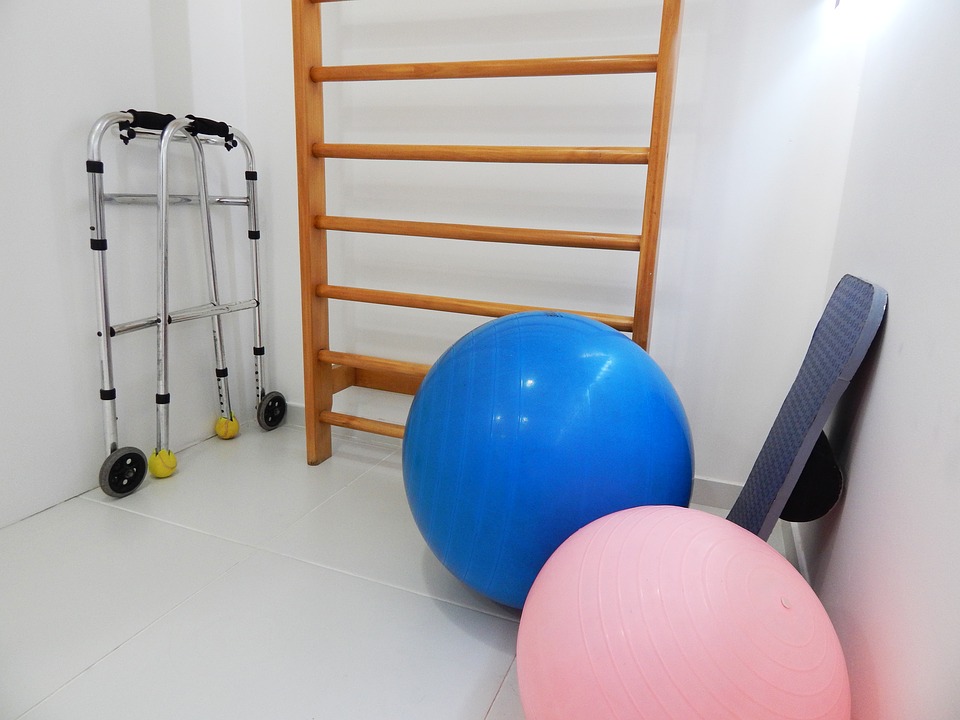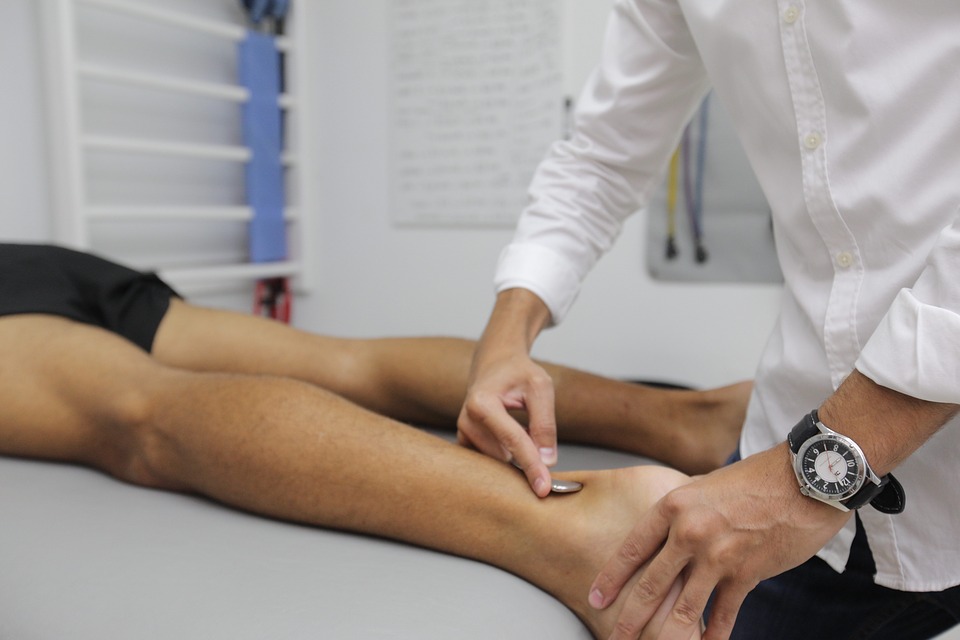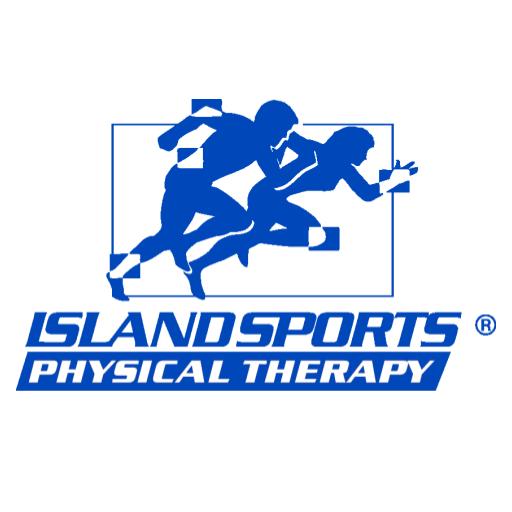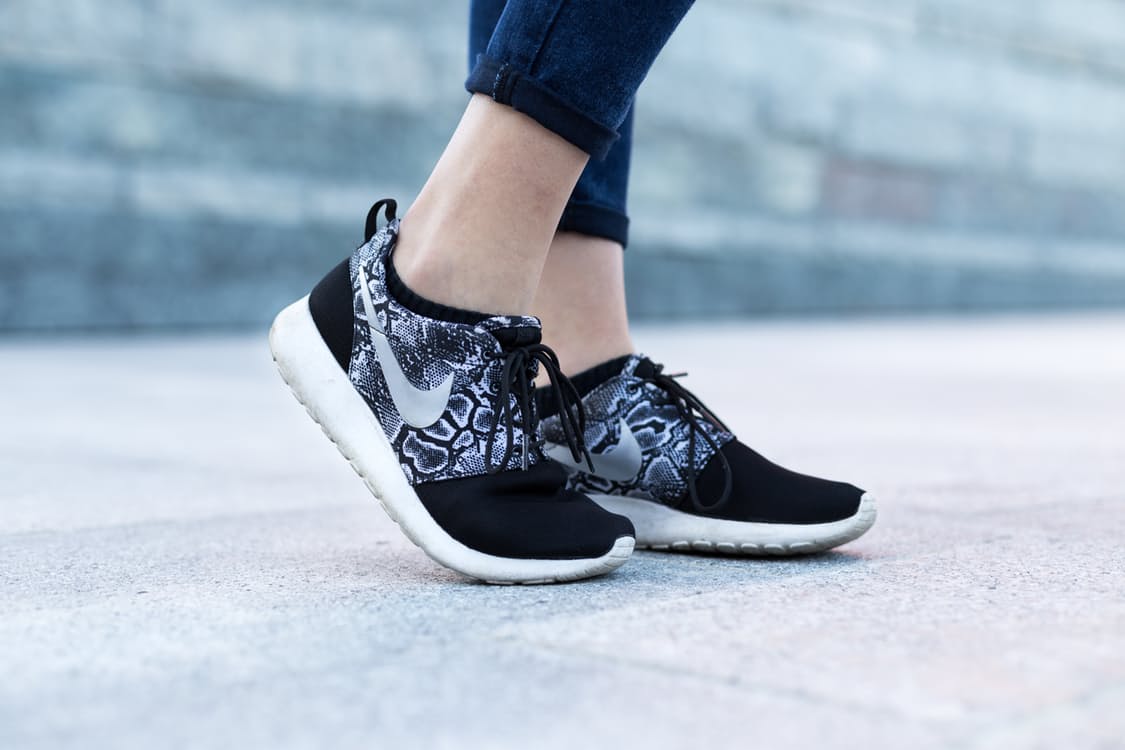Fact or Fable?
It is common for people to experience changes in arthritis pain during changes in air pressure before a storm, but can colder temperatures affect your arthritis? According to a study by the American Journal of Medicine, colder temperatures affect the level of thickness in the body’s joint fluid. This increase in thickness is thought to possibly increase the stiffness felt in joints, increasing their sensitivities. The cold, wet season is when discomfort grows and people seek physical therapy in Nesconset.
It is important to pay attention to your body, especially when physical changes in your environment may be taking place. Although no studies yet prove that colder weather directly causes exacerbation of joint pain, there are notable correlations between the two. If you feel you are experiencing an increase in pain during these lower temperatures, it may be the season to take precautions and seek care from physical therapy in Nesconset. The following are additional measures you can take right now to minimize arthritis pain.
What You Should Do:
- Bundle Up: Dressing in layers will help insulate your body with heat and minimize the cold’s effects on your joints
- Added Heat: If layers are not enough to keep you warm, try an electrically heated blanket or wearing clothes straight out of the dryer.
- Heat Therapy: Use a heating pad or hot stones directly on joints to relax muscles and soothe the pain.
- Prevention: Before you enter the cold outside in the winter, stretch or do a few basic isometric exercises to loosen up beforehand.
- Mental Hygiene: Keep up with breathing exercises, your sleep cycle, time spent in nature, mindfulness, affirmations, or any methods to improve mood. Physical pain from arthritis can be psychosomatic and can be alleviated or exacerbated by your state of mind.
Contact our staff for physical therapy in Nesconset. Here at Island Sports Physical Therapy, we offer various forms of orthopedic services to alleviate pain and help patients make progress.
Winter Stretching
In cold weather, warming up your muscles is extremely important, as not being properly warmed-up can result in injury. Especially for winter sports, improper stretching or none for that matter will lead to cramps, pulled muscles, or possible tears. If you’ve experienced pain limiting your physical capabilities, Island Sports Physical Therapy and their talented physical therapists in Huntington, East Northport, Nesconset, Coram, East Meadow and Glen Cove can give you the right treatment to recover as soon as possible.
Why Stretching Helps
There are many reasons why stretching before working out is important for your health:
- Stretching out muscles before your exercise is important because your muscles are cold and properly stretching pumps enough blood through your veins to literally warm up your body. Jogging or a brisk walk can be helpful pre-workout.
- Taking part in some dynamic stretches not only keeps your body continuously warmed up, but allows your body to stretch out stiff muscles and joints at the same time.
- Following dynamic stretches, taking part in static stretches, which usually involve holding a position for a 30 second period, can be helpful in targeting specific areas of the body to stretch out.
- What most people forget to do after a workout is to cool down your body with a light walk or jog. This allows for the muscles to breathe and prevents tightness. If for some reason you injured yourself from a workout, physical therapy in Huntington can help you.
This winter, it’s important to properly prepare your body before working out in the cold weather. Taking a few minutes to warm up your muscles and joints will help prevent the chances of a torn or pulled muscle. If you’ve sustained an injury and are looking for treatment, Island Sports Physical Therapy in Huntington can help you get back to your daily life and eliminate your discomfort.
For more information, contact us today!
Physical Therapy in East Northport
Every winter, countless skiers and snowboarders embark on expeditions to conquer the mightiest slopes and highest peaks. Unfortunately, sometimes those skiers and snowboarders suffer a few bumps and bruises along the way due to how rigorous and physically demanding their respective activities are. According to the National Ski Area Association, an average of 40 catastrophic and 50 fatal injuries per year are related to skiing and snowboarding. In addition, EpiCenter injury data shows that over the course of five years the state of California had over 11,000 emergency department visits and 630 hospital admissions directly attributed to snow sports injuries. If you have suffered a recent injury from a snow sport, Island Sports Physical Therapy in East Northport, Huntington, Nesconset, Coram, East Meadow, and Glen Cove can help rehabilitate and heal any sustained damage you experience.
Safety Precautions
Before you take on the trails with your friends this season, it’s important to properly prepare yourself for the following precautions and tips.
- Dress accordingly. Especially during the winter, it’s vital to layer up and stay warm to avoid frostbite and illnesses. Wearing breathable materials will allow you to stay warm, but not suffocate from the layers. Try the three-layer method that includes a wicking layer, insulating layer, and protection layer. The wicking layer will be the layer that touches your skin, wearing a thermal that will evaporate sweat to keep you dry and comfortable is recommended. Avoid cotton fabric that will stay moist and opt for synthetic or polyester fabric. For your insulating layer, you will want materials that will trap in heat such as fleece or wool sweaters that will keep you warm and keep out moisture. For your last protection layer, you should look for materials that will protect you from wind, snow, and water. Look for waterproof and breathable coats and pants that will protect without restraining movement.
- Take your phone. You never know what situation you’re going to find yourself in, so be sure to take your cell phone. Before hitting the slopes, save the ski patrol’s phone number so that you can be assisted in case of emergency. The Burton Antifreeze Phone Case will allow you to take your phone with you without worry about damage.
- Gear Up! One in six skiing or snowboarding injuries is head related, making it one of the riskier winter sports to play. A helmet can reduce the risk of an injury occurring as well as keep your head warm. Make sure to select a breathable helmet that will fit properly. Wearing goggles or sunglasses will help to protect your eyes from the weather as well.
Tips On the Slope
Now that you’re prepared and ready to hit the black diamond slopes, follow these tips to avoid serious injuries:
- Stay in control. While going fast is a thrill and certainly is fun, it’s easy to lose your control and balance and end up falling and risking injury. Be sure that you can slow yourself down in the case of unexpected obstacles.
- Treat skiing like driving. Driving and skiing do have something in common and it’s important to know the rules of the slope. While on the slopes make sure that you yield to skiers in front of you who have the right-of-way. Yield before merging onto a hill and always be aware of your surroundings. Other rules of thumb: do not block the way for other skiers and snowboarders, do not attempt to go on closed off trails and do not drink and ski.
- Have a buddy. Skiing and snowboarding with people is a safe decision, especially if one of you are injured. Be sure to stay in range of your partner and to not let them out of sight. Although going on a steeper slope that your friend refuses to go on may be tempting, you should try to avoid it unless you know many other skiers will be on the slope to help in the case of an accident.
- Don’t get overconfident. If you’re not well groomed in backcountry skiing and haven’t skied in groomed slopes, it’s best to avoid conditions you’re not used to. Evading unfamiliar territory can reduce the chance of injury. Try to take on more difficult slopes with a friend who has experience in the conditions or a ski instructor.
Nothing is more thrilling than skiing at top speeds or snowboarding the highest mountain. However, staying on top of your safety and avoiding dangers can be the difference between you being healthy or coming home in a sling. If you suffer any injury that is winter sports related, Island Sports Physical Therapy in East Northport can help you recover from your discomfort and have you back on the slopes in no time.
For more information on how we can help you, contact us today!
New Year’s Physical Therapy
It’s common for people to make resolutions and change current habits, promising to resolve issues that they may have had in the past. Many resolutions are related to living a healthier lifestyle, focused on health wellness and a proactive way of thinking. That’s why physical therapy offers a lot of positives that can help you make your New Year’s Resolution worthwhile. At Island Sports Physical Therapy in East Northport, Huntington, Nesconset, Coram, and East Meadow can treat any injury or pains you’re feeling and will make you feel like a new person.
How Physical Therapy Can Help You
- Reduce pain – physical therapists can properly treat joint and tissue pain through therapeutic exercises and techniques. With the benefit of treating pain, physical therapists can also prevent the pain from occurring again in the future.
- Better mobility – no matter what your age, if you have difficulty walking or moving from pain, physical therapy in East Northport can introduce different exercises to improve mobility. Whether it’s the introduction of a cast or brace for additional support, physical therapy can be beneficial for mobility improvement.
- Age management – with age comes issues like arthritis or osteoporosis, which can act as a serious hindrance for anyone who suffers from these diseases. Physical therapists are trained experts in helping manage a patient’s arthritis and osteoporosis symptoms and can significantly reduce pain.
Going to physical therapy in East Northport can help you recover from discomfort you may be experiencing and will have you feeling reinvigorated. If the goal of a New Year’s Resolution is to get rid of the pains and ailments you have, a great place to start is at Island Sports Physical Therapy.
For more information, contact us today!
Physical Therapy for Diastasis Rectus-Abdominis
Diastasis rectus-abdominis, or DRA, is a condition that many women suffer from during and after pregnancy. DRA occurs when the two parts of the abdomen muscle are separated as the connecting tissue stretches beyond its limits. The reason this is an occurrence for many pregnant women is that as the uterus expands, it is also stretching the abdominal wall. Luckily, Island Sports Physical Therapy in Huntington can help you recover from this. With locations in East Northport, Huntington, Nesconset, and Coram as well as Nassau County locations in East Meadow and Glen Cove, can get you the best treatment possible and help you recover from many abdominal issues.
If you’re experiencing DRA and want to know the benefits physical therapy has to offer, here are some ways that we can help you:
- Stretching – when certain muscles feel fragile and frail, other muscles can stiffen up and become very tight. A physical therapist will be able to stretch the muscles that are bothering you.
- Braces – bracing or taping your lower back can give considerable relief when going through the early recovery process of DRA. Braces can also teach you proper posture so that you can reduce abdominal pain.
- Educate – many movements and habits that you don’t know cause you pain are things your physical therapist can point out and correct. With that, a physical therapist in Nassau County, like Island Sports Physical Therapy would also be able to give you advice on exercises to avoid or pursue.
- Posture – postural training is the most important part of recovery for those dealing with DRA. Through learning how to stabilize your core, physical therapy in Huntington can help build back strength without overusing the rectus-abdominis muscles. Posture training also is important because it helps you improve your daily routines, such as carrying your child or lifting.
Physical therapy is beneficial for those who have recently had a child and are suffering from DRA. A talented and experienced physical therapist not only can get you through the rehabilitation process, but they can also promote healthier habits that positively affect the patient in the long-term. At Island Sports Physical Therapy, our physical therapists in Suffolk County and Nassau County are passionate about your overall physical well-being. For more information, contact us today!
How to Treat Various Ankle Grade Sprains
Ankle sprains are common injuries that affect countless victims a year. An ankle sprain occurs when the ligaments in the ankle are torn or stretched. While most sprains are manageable with some rest and ice, some require rehabilitation treatment or a physical therapist in Glen Cove. If you’ve recently suffered from a mild to a severely sprained ankle, a physical therapist at Island Sports Physical Therapy in Glen Cove, East Northport, Huntington, Coram, East Meadow, and Smithtown can assist you and make sure you properly heal.
How Severe is My Sprain?
Depending on the severity of your injury, your condition may be placed on a grade scale to base your current ankle sprain:
- Grade 1 Sprain (Mild) – a person with this type of sprain may experience some tenderness around the sprain and ankle swelling. This sprain has the ligament fibers microscopically tearing and slight stretching.
- Grade 2 Sprain (Moderate) – symptoms of this grade moderate swelling around the ankle with more tender skin and muscle around the injury. In a grade 2 sprain, there’s partial tearing and can be shown through abnormal looseness in the ankle joint.
- Grade 3 Sprain (Severe) – in a severe sprain, the ligament is totally torn and the ankle is incredibly swollen.
How Can I Treat This?
There are some ways to treat your ankle sprains, whether it’s mild or severe. In addition to visiting a physical therapist in Glen Cove, there are some treatments you can perform yourself to help speed up your recovery:
- Rest – taking enough time to relax your injured foot allows your body to try and heal itself. Trying to limit the weight you put on the ankle is important as well. Putting your foot up while sitting or using crutches can help keep the stress off your foot.
- Ice – putting ice on an injury can help reduce the swelling for your injury. However, it’s important to put a cloth or a barrier between an ice pack and your skin. Be sure to also ice the ankle for no more than 20 minutes.
- Compression – wearing a brace or some type of device to keep your ankle stable can also help control the swelling of an injury and support the damaged body part.
- Elevation – whether it’s through reclining or propping it up, elevating your foot above the waist or heart is good support for your sprained foot.
The key to recovering from an ankle sprain is knowing how severe the injury is and what steps you can take in treating it. Whether it’s a grade 1 or a grade 3 sprain, a physical therapist in Glen Cove and proper care for the injured ankle will certainly make the difference in your rehabilitation process. At Island Sports Physical Therapy in Glen Cove, we’re dedicated to helping you recover from any injuries you have.
For more information on how we can treat your ankle sprains and other injuries, contact us today!
- « Previous
- 1
- 2
- 3
